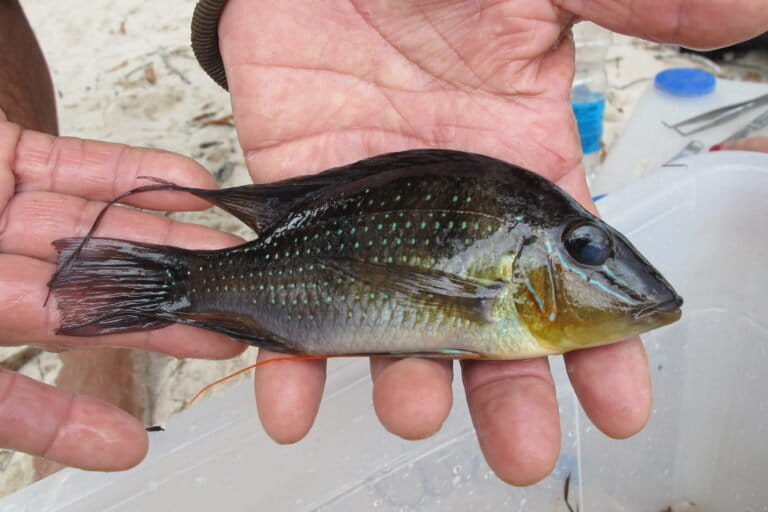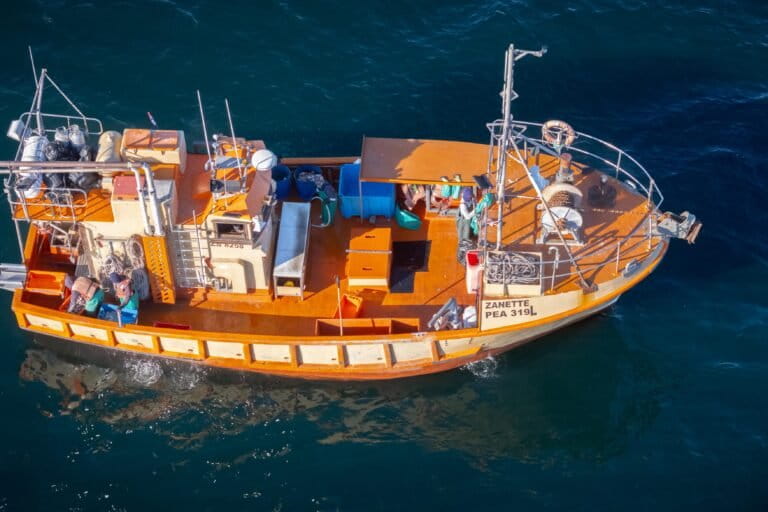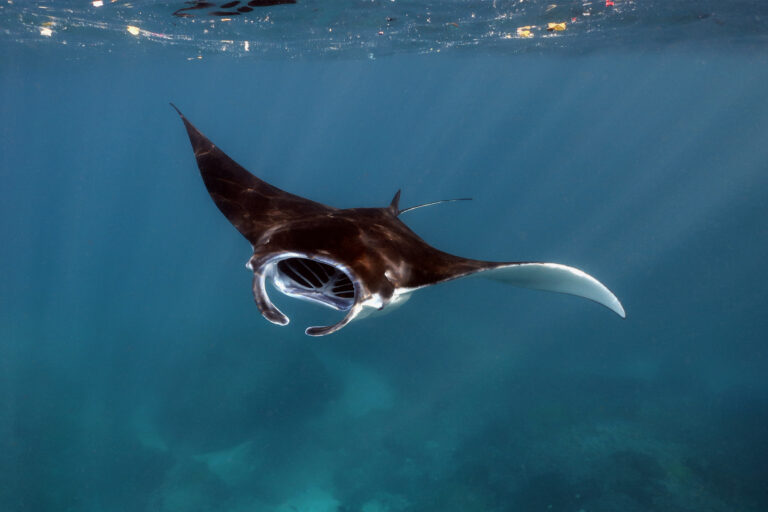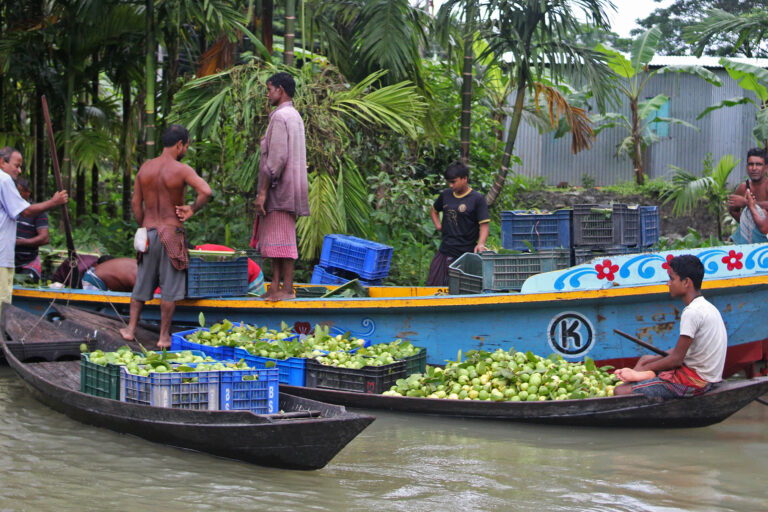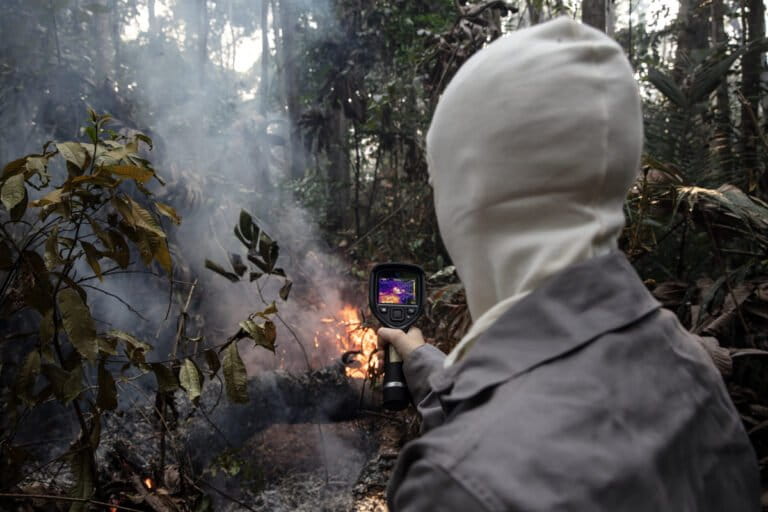- New research examining the effects of 19 human stressors on the marine environment shows that only 13 percent of oceans can still be considered wilderness.
- Of the remaining wilderness, much of which is located in the high seas and at the poles, less than 5 percent falls under protection, and climate change and advances in technology could threaten it.
- The authors of the study call for international cooperation to protect the ocean’s wilderness areas, including a “Paris Agreement for the Ocean,” which they hope will be signed in 2020.
Humans have wiped out most of the pristine parts of the world’s oceans, a new study has found.
In the first global mapping of human impacts on marine environments, a team of scientists from Australia, Canada and the United States demonstrated that few corners of the globe have been left untouched by shipping, mining and commercial fishing. Just 13 percent of the world’s oceans hold intact ecosystems and are free of these impacts — the team’s definition of marine wilderness. And of the remaining underwater wilderness, less than 5 percent is protected.
“We know how valuable and how unique places in the ocean [are] that don’t have high levels of human activity,” Kendall Jones, a conservation scientist with the Wildlife Conservation Society, said in an interview. They’re home to a wide variety of life, including many of the ocean’s top predators, he added.
But unlike our understanding of how wilderness has disappeared on land, “we had no real global map of where those locations are” in the ocean, said Jones, who is also a doctoral candidate at the University of Queensland in Australia.
Video by Kendall Jones, Carissa Klein and James Watson.
To develop that map, Jones and his colleagues plotted out the locations of 19 human “stressors” on the world’s oceans, ranging from intensive fishing and shipping to land-based factors such as fertilizer runoff. They then drilled down to a resolution of 1 square kilometer (0.4 square miles) and picked out the places in the marine environment that exhibited the least combined impact. Those spots amounted to 54 million square kilometers (21 million square miles), or 13.2 percent of the marine environment.
The team also zeroed in on 16 different realms in the ocean, unearthing huge disparities in the distribution of marine wilderness. For example, parts of the Indian and Pacific Oceans hold more than 16 million square kilometers (6.2 million square miles) of wilderness. But the realm around southern Africa has less than 2,000 square kilometers (772 square miles). Jones said the researchers meant for this part of the analysis to help pinpoint “the best of the best” wilderness remaining in these areas as potential targets for conservation.

The research, published July 26 in the journal Current Biology, highlights the rarity — but not the complete absence — of marine wilderness near dense human populations and coastal areas. These spots are also where a lot of marine protected areas lie. They might still harbor endangered species or threatened ecosystems, as with coral reefs, Jones said, but few of them can still be considered wilderness.
“We’re not saying that places aren’t worthy of protection or conservation action,” he said. “But we argue that what’s also important is to save those wild places that are still functioning as they once were.”
The highest concentrations of wilderness appear at the poles and in the high seas. In effect, the challenge of getting through the sea ice around Antarctica and the Arctic and the vast distances that must be traveled to reach distant points in the open ocean have protected these areas.
But Jones said that advances in technology were allowing humans to probe deeper into the ocean in search of fish. And climate change is melting sea ice, opening up new parts of the once-inaccessible Arctic to fishing and mining for natural resources. Those looming threats to marine wilderness suggest we may need to change tack in how we protect these places, Jones said.

He likened it to different approaches to healthcare. “At the moment, we’re spending all of our money on emergency heart surgery without any preventative health measures,” he said, “so we’re working in the emergency room only.
“We’re saying we should go to the other end of the spectrum as well and save these places before they get to that stage.”
That will require international cooperation, as it entails countries working together to safeguard parts of the ocean that lie well outside a single jurisdiction, Jones said. Organizations that manage fisheries for regions of the planet, rather than individual countries, could work together to limit commercial fishing in wilderness areas.
Another issue is that more than half of all fishing on the high seas is subsidized, he said.
“The government is funding these boats to go and fish in really faraway places that would otherwise be not feasible,” Jones said.

The authors note that the United Nations is working out the details for a global “Paris Agreement for the Ocean.” The legally binding pact is aimed at protecting open-ocean biodiversity, and Jones said they expected it to be ready for signing by 2020.
Such broad-scale agreements could help face down pressures over which humans have less control, such as climate change, and maintain these wilderness areas as essential refuges in the future.
“Studies have shown that intact places with low levels of human impact can be more resilient to climate change or land-based runoff,” Jones said. “Saving these intact places may be a good option for allowing species and biodiversity to adapt to and recover from those impacts of climate change that we can’t manage as easily.”
Banner image of southern right whales by Rhett A. Butler/Mongabay.
John Cannon is a Mongabay staff writer based in the Middle East. Find him on Twitter: @johnccannon
Citation
Jones, K., Klein, C., Halpern, B. S., Venter, O., Grantham, H., Kuempel, C. D., … Watson, J. E. M. (2018). The location and protection status of Earth’s diminishing marine wilderness. Current Biology.
FEEDBACK: Use this form to send a message to the author of this post. If you want to post a public comment, you can do that at the bottom of the page.








